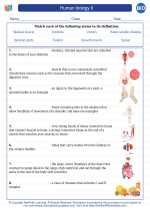What is Water Catchment?
Water catchment involves collecting rainwater from surfaces such as rooftops, and directing it into storage tanks or cisterns for later use. This collected water can be used for various purposes, including irrigation, flushing toilets, and even drinking water with proper treatment.
Methods of Water Catchment
There are several methods of water catchment, including:
- Rooftop Catchment: Rainwater is collected from the roof of a building and directed into storage tanks through gutters and downspouts.
- Surface Catchment: Rainwater is captured from open surfaces such as driveways or roads and channeled into storage systems.
- Landscaping Catchment: Water is collected from landscaped areas and directed into storage containers for later use in watering plants and gardens.
Benefits of Water Catchment
The practice of water catchment offers several benefits, including:
- Conservation of Water: By capturing rainwater, water catchment reduces the demand on traditional water sources, such as rivers and reservoirs.
- Reduced Flooding and Erosion: By capturing rainwater, water catchment reduces stormwater runoff, which can lead to flooding and erosion.
- Cost Savings: Using captured rainwater for non-potable purposes can lead to cost savings on water bills.
Challenges of Water Catchment
While water catchment offers numerous benefits, it also comes with several challenges, including:
- Initial Cost: Setting up a water catchment system can require an initial investment in infrastructure and equipment.
- Water Quality Concerns: Proper filtration and treatment are essential to ensure that captured rainwater is safe for consumption.
- Regulatory Considerations: Some regions have regulations and restrictions on the collection and use of rainwater, which can impact the implementation of water catchment systems.
Conclusion
Water catchment is a sustainable practice that can help address water scarcity and reduce the strain on traditional water sources. By understanding the methods, benefits, and challenges of water catchment, individuals and communities can make informed decisions about implementing water catchment systems to conserve and utilize rainwater effectively.
.◂Biology Worksheets and Study Guides High School. Human biology II
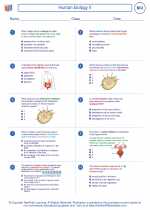
 Worksheet/Answer key
Worksheet/Answer key
 Worksheet/Answer key
Worksheet/Answer key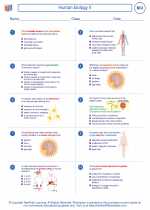
 Vocabulary/Answer key
Vocabulary/Answer key
 Vocabulary/Answer key
Vocabulary/Answer key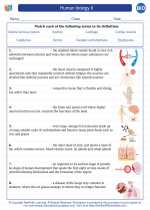
 Vocabulary/Answer key
Vocabulary/Answer key
 Vocabulary/Answer key
Vocabulary/Answer key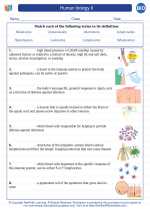
 Vocabulary/Answer key
Vocabulary/Answer key
 Vocabulary/Answer key
Vocabulary/Answer key
 Vocabulary/Answer key
Vocabulary/Answer key